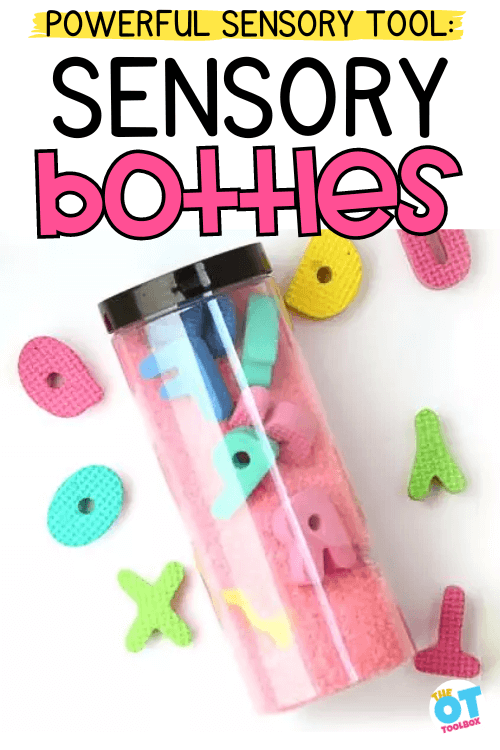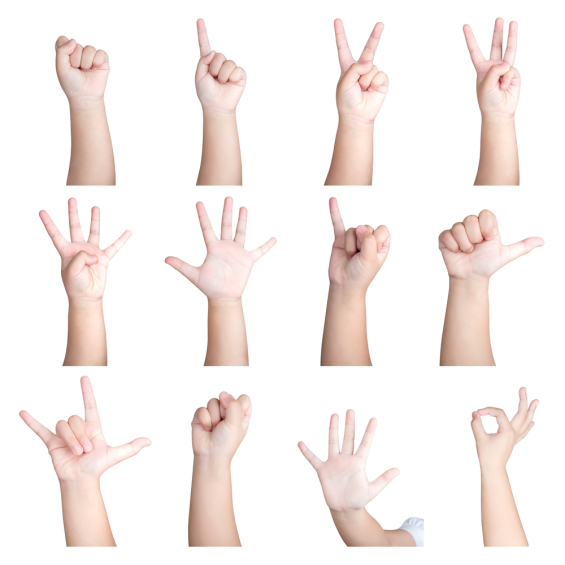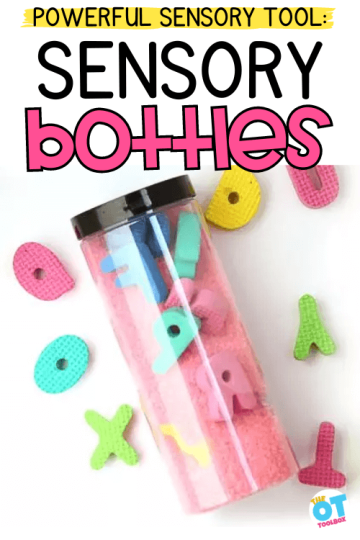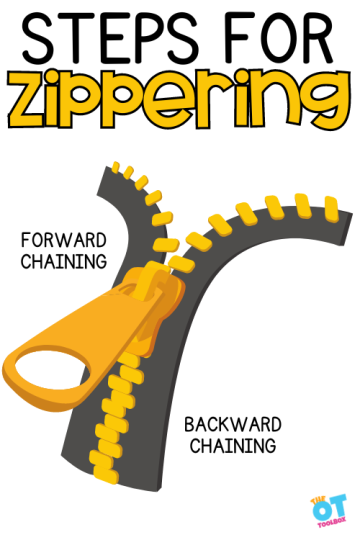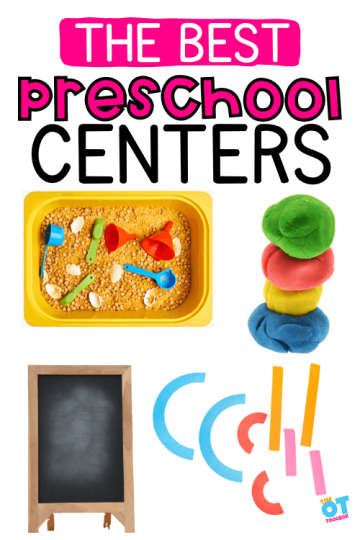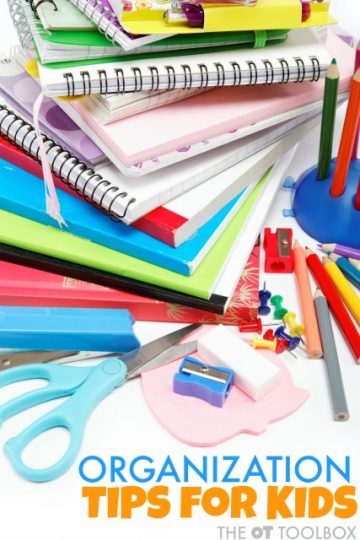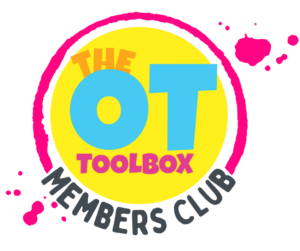Hey everyone!
I hope everyone is hanging in there during our 5th week off school! Today’s blog post will cover easy accommodations to do at home to assist with handwriting legibility, sizing, orientation (flipping letters upside down, reversals etc), and baseline alignment (does your child keep letters on the line or do they float off into space or dip down into the next line?). It’s important to note that handwriting and all its accommodations should be introduced in a fun manner as a tool for promoting independence for writing! I would also like to note that every child is different, and different strategies may work better for one kid than another. Also, it’s important to note that it may take several sessions of using an accommodation before your child masters it or uses it correctly and most importantly, confidently!
Baseline Awareness
As mentioned above, this is when children’s letters seem to float above or dive down under the line. It’s important to acknowledge that some letters are “allowed” to dip down below the lines (I like to call these letters “diving” letters and have kids practice g p q j and y together). Here are some techniques to improve line awareness:
- Graph or grid paper
- Blue sky, green grass lines (use a blue marker for the sky or the “top” of letters, green is grass and where the bottom of most letters touch) When learning diving letters, I like to make an additional brown line and tell kids to “dig down” to the ground with their g’s p’s q’s j’s and y’s.
- Use of highlighter or thick black marker to create a boldened baseline.
- Puffy paint (if you have it at home) is a fun way to provide tactile (touch) input to the baseline!
- Red pipe cleaner: you can play “don’t touch the lava” where their letters have to stay above the red pipe cleaner.
Orientation
This refers to your child’s ability to make sure letters are going the “correct” direction and are not reversed. You’ve probably noticed many children reverse letters b and d, as well as p and q. Additionally common reversals include D, y, c, s, j, z, and B. Here are some easy ways to reduce reversals in your child’s writing:
- Memory practice: have your child get a mental picture of commonly reversed letters by creating a game of matches (cut out paper with the letters on each one and have them “match” the correct letters together).
- Multi sensory practice: have your child write the letter in sand, on a white board/erase the letter, draw it with their finger, have them build it from common household items, point out how different shapes look like different parts of the letter etc.
- Focus on one letter at a time to increase memory
- Practice daily! Just five or ten minutes every morning as part of a routine can make a huge difference in carryover.
Sizing
Sizing errors often occur with letters that have the same upper and lowercase letters (think p, s, u, w etc) resulting in legibility difficulties. It’s normal for kids to start off with oversize letters as they’re learning, and have them start to shrink to what we call “age appropriate sizing” as time goes on. Here are some activities that specifically work on sizing:
- Grid/graph paper (used for baseline but is great for sizing too!)
- Making boxes for letters to fit in
- Blue sky green grass sizing guide
- “Make a big letter, make a little letter, make one “just right” with Goldilocks story for letters
Well that’s it for this week! Hopefully some of these tips will help you and your child practice writing in ways that aren’t too stressful. I’m attaching a link from the OT toolbox for free handwriting printables if you would like more information/tips/tricks: https://www.theottoolbox.com/free-handwriting-tips-and-tricks/

